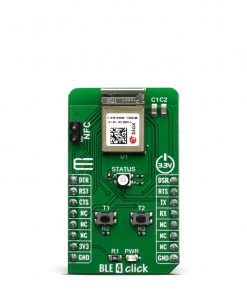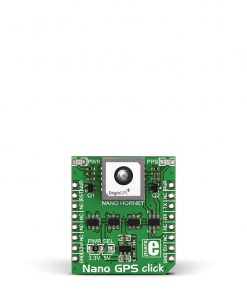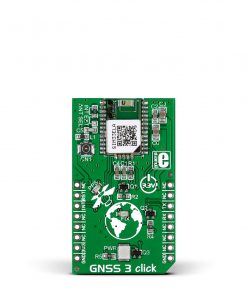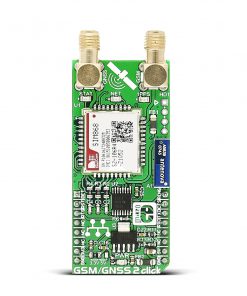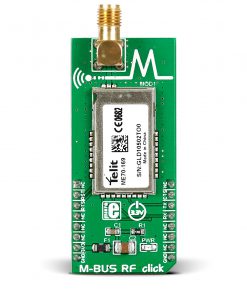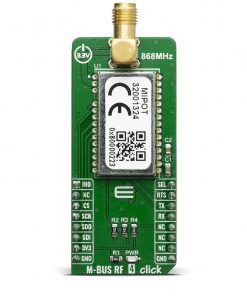Subtotal: R780.00
IoT ExpressLink 3 Click
R610.00 ex. VAT
IoT ExpressLink 3 Click is a compact add-on board that allows users to connect easily to IoT ExpressLink services and securely interact with cloud applications and other devices. This board features the NORA-W256WS, a standalone multi-radio module from u-blox. The module supports Wi-Fi radio at 802.11b/g/n standard and 2.4GHz of ISM band. It also supports the Bluetooth Low Energy 5. The embedded AWS IoT ExpressLink-compliant software includes secured pre-flashed certificates in the module. This Click board™ makes the perfect solution for the development of smart homes, industrial automation, health care, consumer electronics, and many more.
IoT ExpressLink 3 Click is fully compatible with the mikroBUS™ socket and can be used on any host system supporting the mikroBUS™ standard. It comes with the mikroSDK open-source libraries, offering unparalleled flexibility for evaluation and customization. What sets this Click board™ apart is the groundbreaking ClickID feature, enabling your host system to seamlessly and automatically detect and identify this add-on board.
Stock: Lead-time applicable.
| 5+ | R579.50 |
| 10+ | R549.00 |
| 15+ | R518.50 |
| 20+ | R498.98 |

 Fiber Opt Click
Fiber Opt Click 
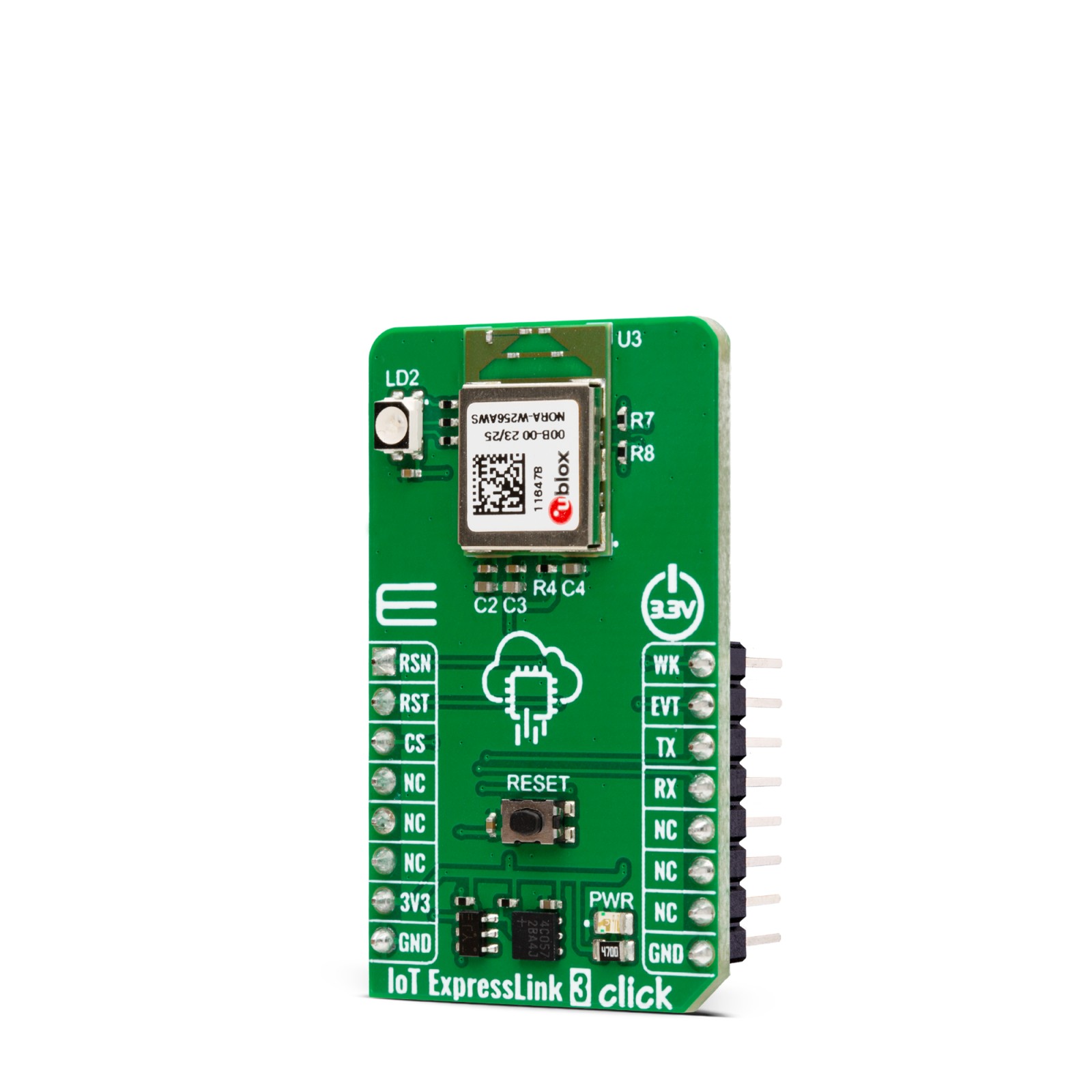

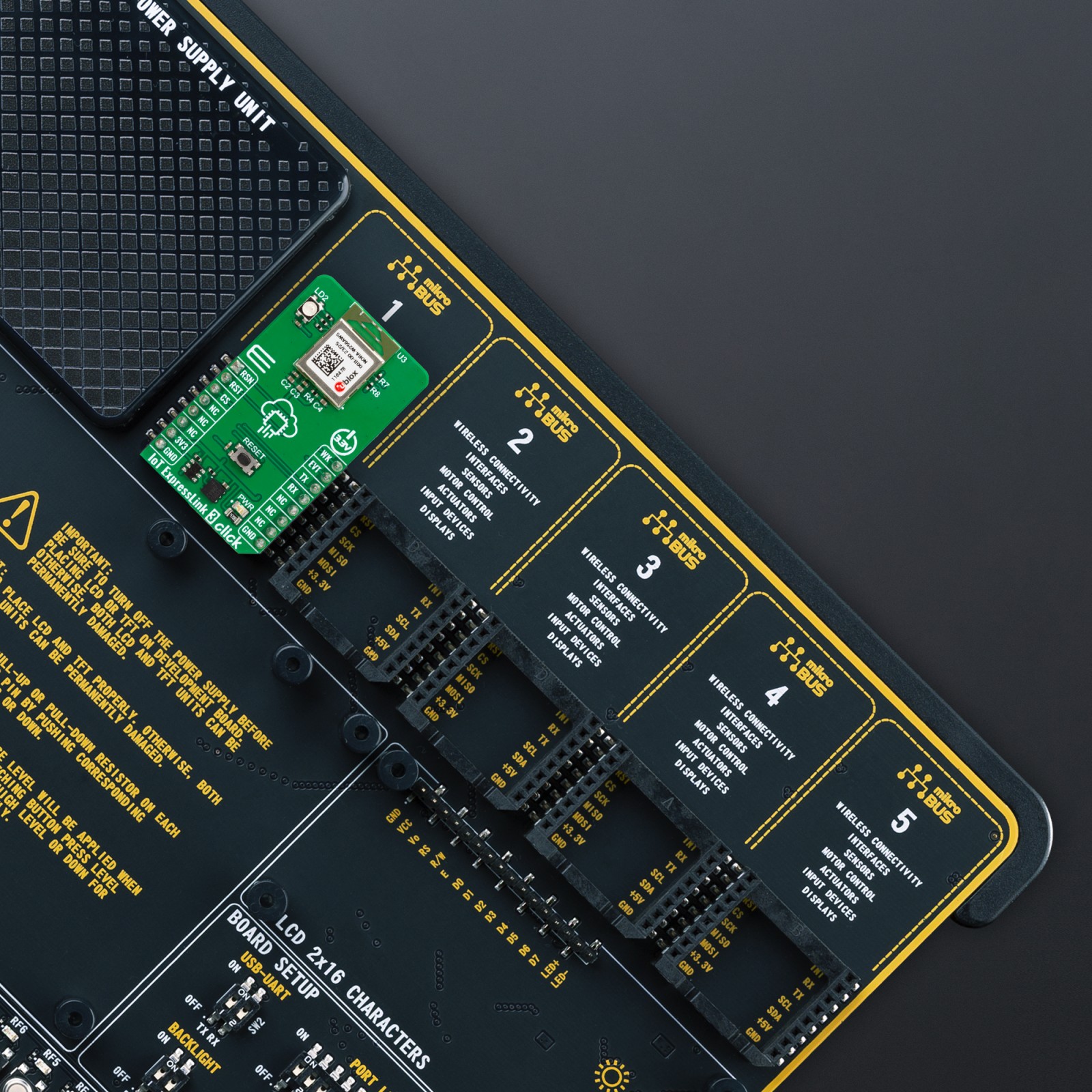
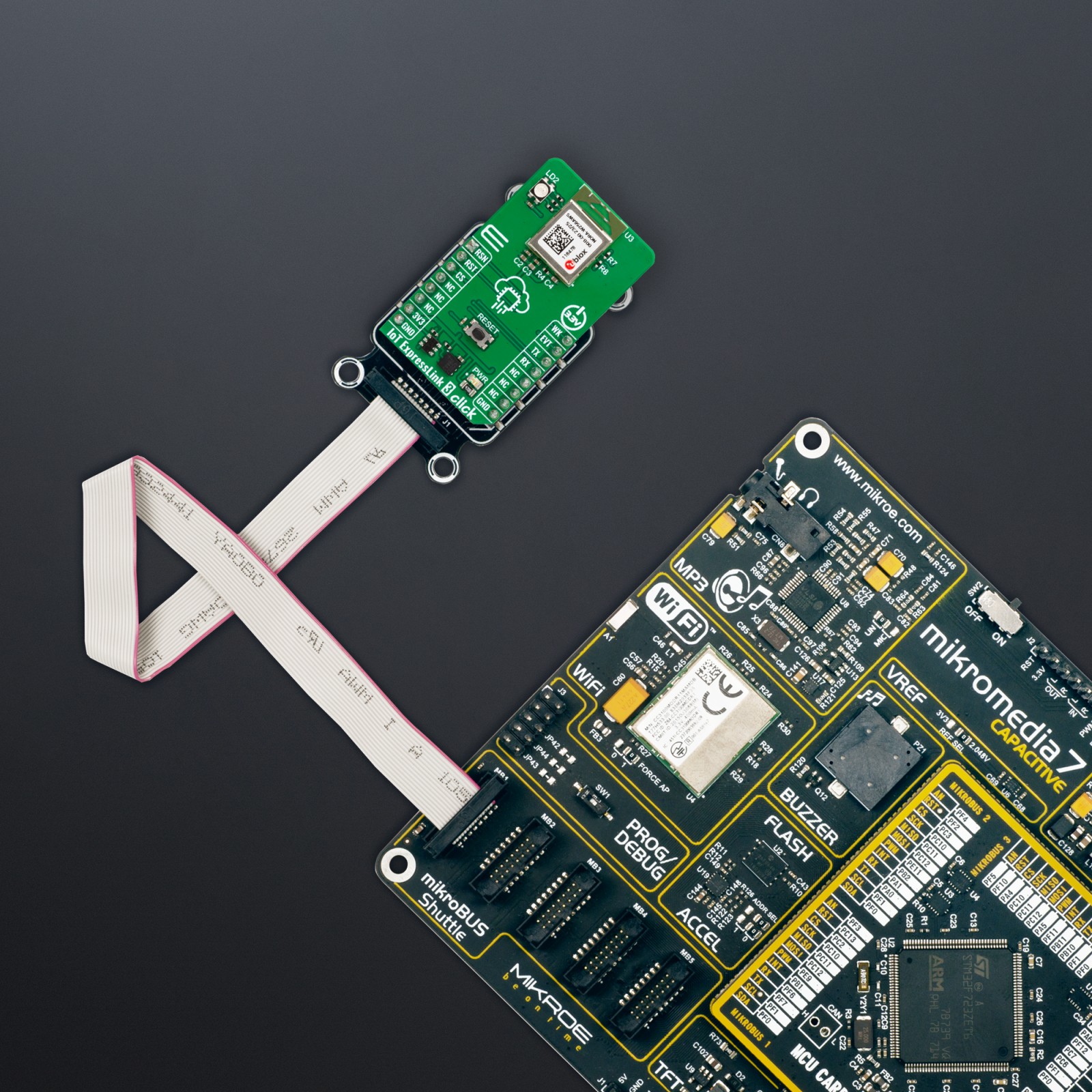
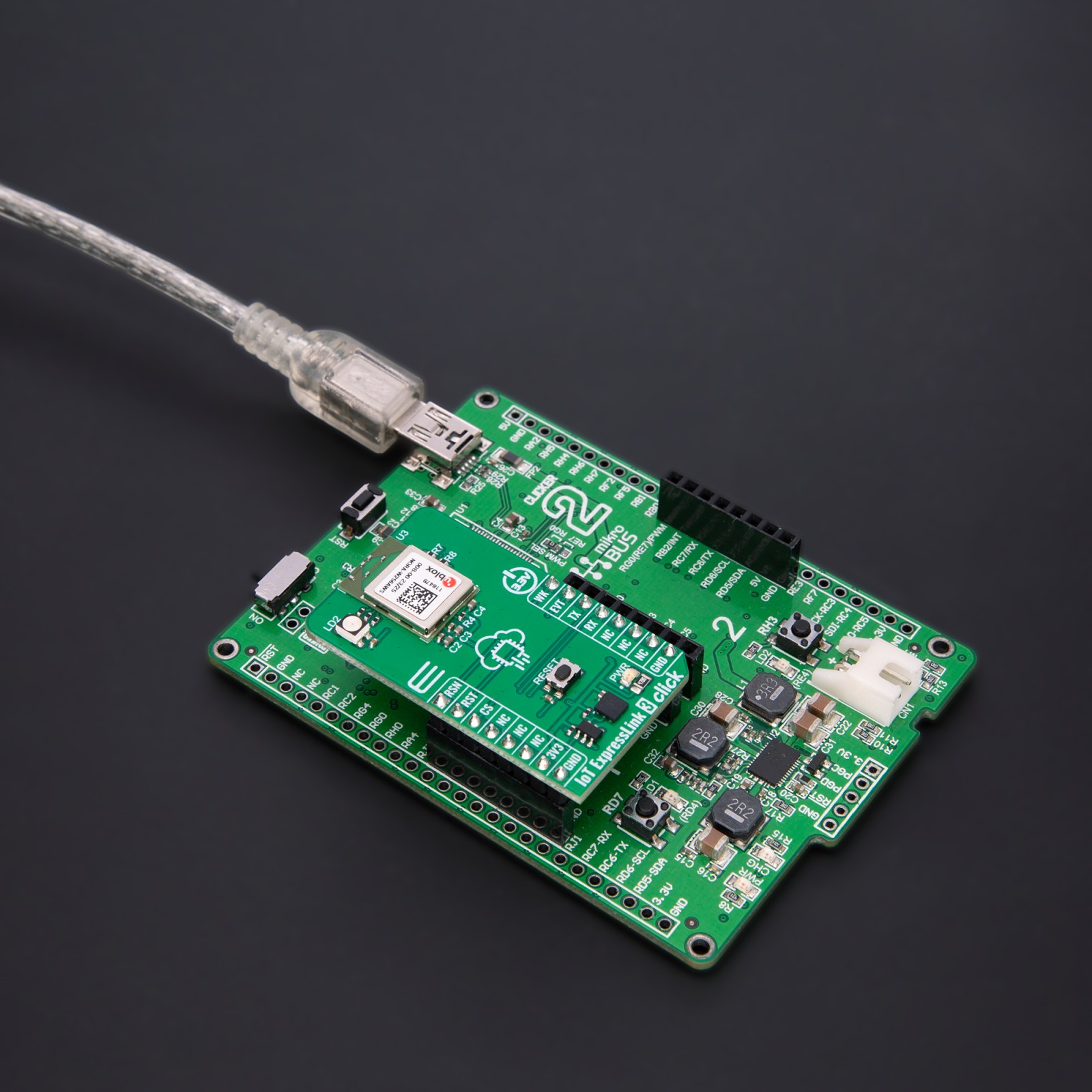
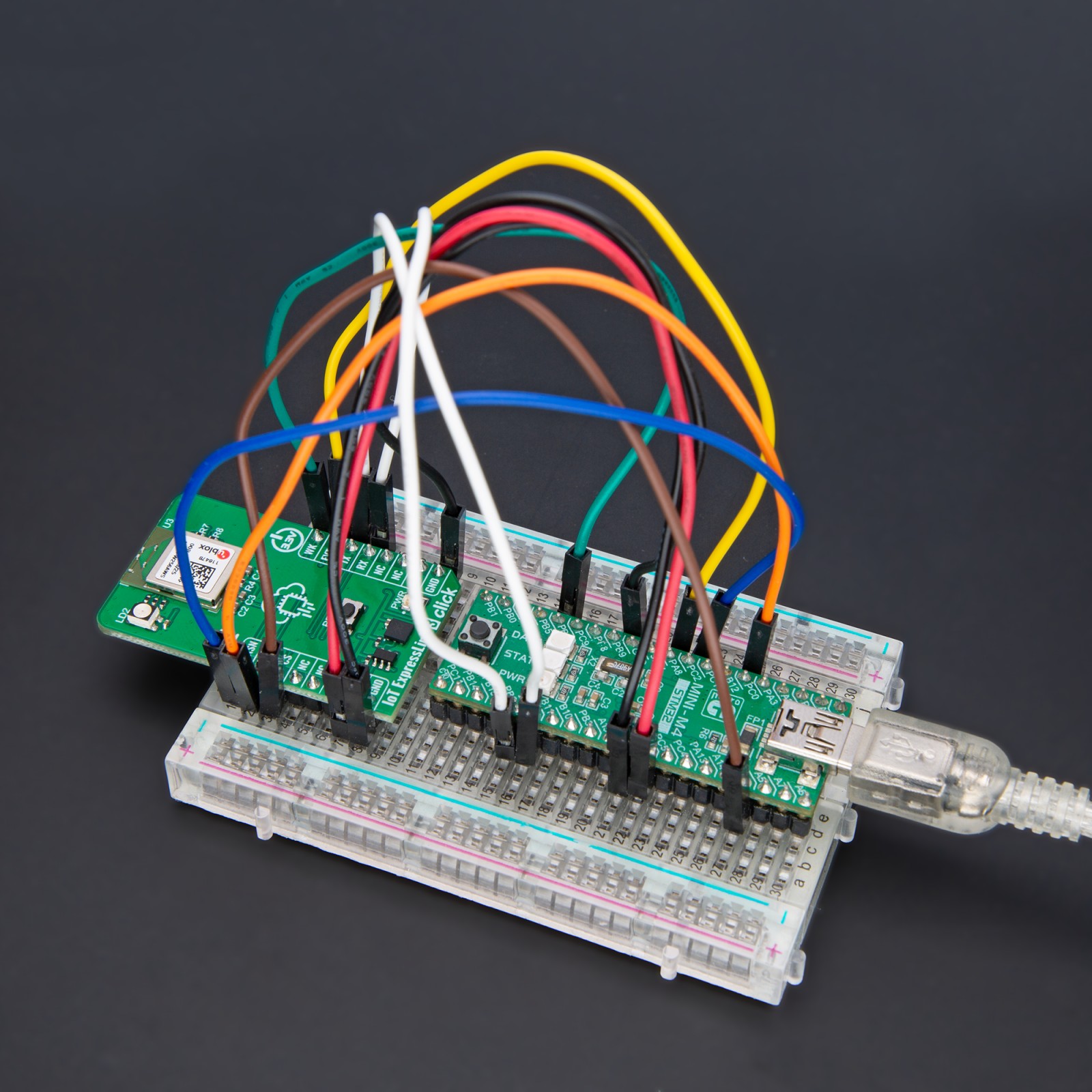


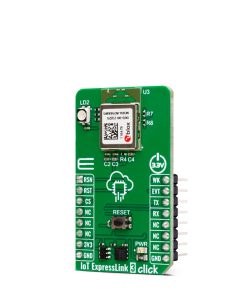
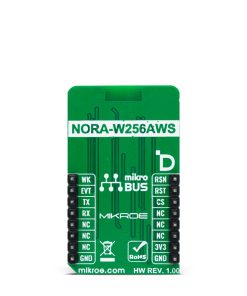
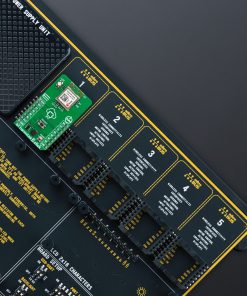


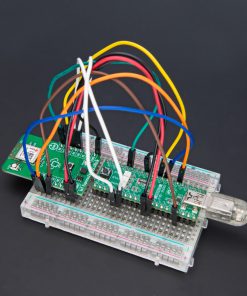

.jpg)

